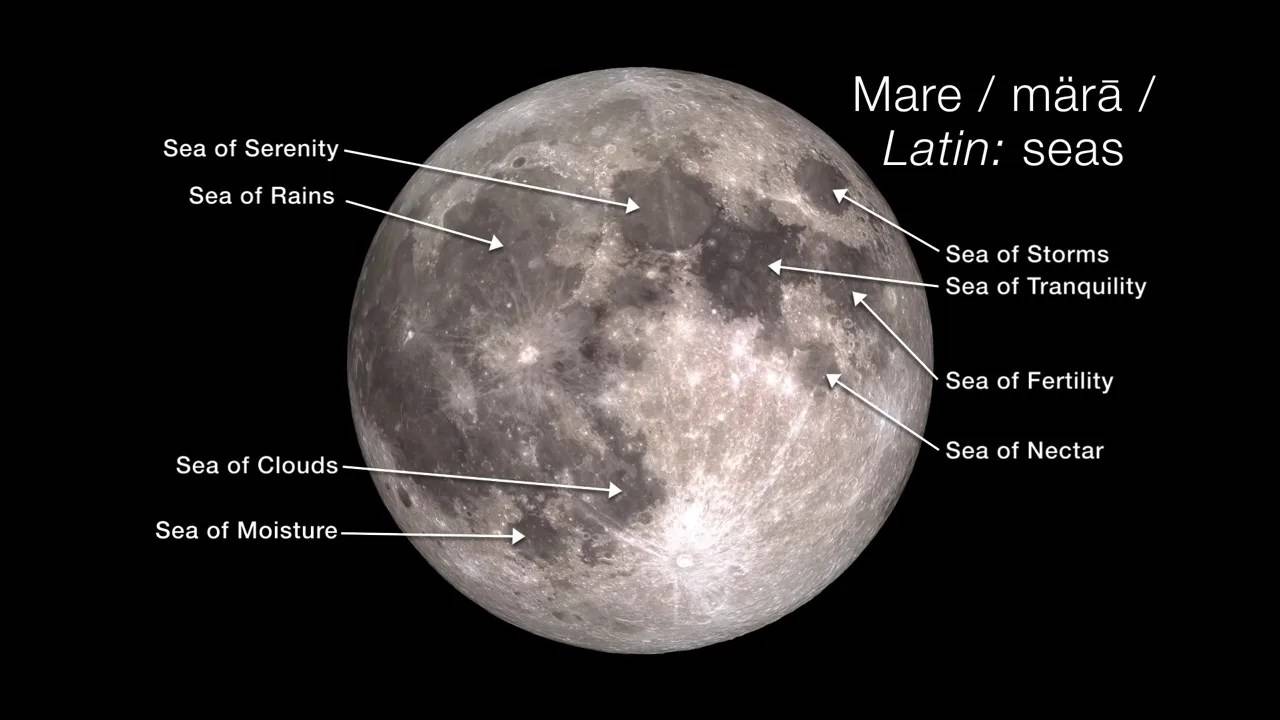Beyond the Lunar Veil: Unveiling the Mysteries of the Moon.
The moon, our closest celestial neighbor, has long been a source of fascination and intrigue for humanity. For centuries, we have gazed up at its glowing surface, mesmerized by its beauty and mystique. Yet, despite its familiarity, the moon remains an enigmatic world, shrouded in mystery and waiting to be explored. In this article, we will delve beyond the lunar veil, uncovering the secrets of the moon and exploring its fascinating history, geology, and cultural significance.
The Moon's Formation and Evolution
The moon is thought to have formed approximately 4.5 billion years ago, not long after the birth of the Earth. One theory is that the moon was created when a massive object collided with our planet, causing debris to be ejected into orbit and eventually coalesce into the moon. This collision is believed to have had a profound impact on the Earth's rotation and axis, shaping our planet's climate and geography.
Over time, the moon has undergone significant changes, shaped by a combination of geological processes and asteroid impacts. The moon's surface is characterized by vast, dark basaltic plains, known as "seas," which were formed by ancient volcanic eruptions. These seas are punctuated by bright, mountainous regions, known as "highlands," which are composed of older, cratered rock.
Exploring the Moon's Surface
In 1969, NASA's Apollo 11 mission made history by landing the first humans on the moon. This achievement marked the culmination of a decade-long effort to explore the moon, which had begun with the Soviet Union's Luna program in the late 1950s.
Since then, numerous spacecraft have visited the moon, including NASA's Lunar Reconnaissance Orbiter and the European Space Agency's SMART-1 mission. These spacecraft have provided a wealth of information about the moon's geology, composition, and atmosphere.
One of the most significant discoveries made about the moon in recent years is the presence of water ice in permanently shadowed craters near the lunar poles. This finding has significant implications for future lunar missions, which could potentially use this water as a source of oxygen, life support, and propulsion.
The Moon's Cultural Significance
The moon has long been a source of inspiration and fascination for human cultures around the world. In many ancient societies, the moon was revered as a symbol of fertility, prosperity, and spiritual guidance.
In modern times, the moon continues to captivate our imagination, inspiring countless works of art, literature, and music. From the poetic musings of William Wordsworth to the lunar landscapes of science fiction, the moon remains a powerful and enduring symbol of human creativity and curiosity.
The Future of Lunar Exploration
As we look to the future, it is clear that the moon will continue to play a significant role in human space exploration. NASA has plans to return humans to the moon by 2024, with the aim of establishing a sustainable presence on the lunar surface.
Private companies, such as SpaceX and Blue Origin, are also working towards establishing a human presence on the moon, with plans to develop lunar bases and resource utilization facilities.
As we embark on this new era of lunar exploration, it is essential that we continue to push the boundaries of our knowledge and understanding of the moon. By exploring the moon's surface, subsurface, and atmosphere, we can gain valuable insights into the moon's formation and evolution, as well as the potential for resource utilization and human settlement.
The moon is a complex, fascinating, and enigmatic world, full of secrets waiting to be uncovered. As we continue to explore and study the moon, we are reminded of the awe-inspiring beauty and mystery of our celestial neighbor.
Whether we view the moon as a source of inspiration, a symbol of cultural significance, or a potential destination for human exploration and settlement, it is clear that the moon will continue to captivate and intrigue us for generations to come. As we look to the future, it is essential that we continue to explore, study, and protect the moon, ensuring that its secrets and wonders remain available for us to discover and appreciate.


